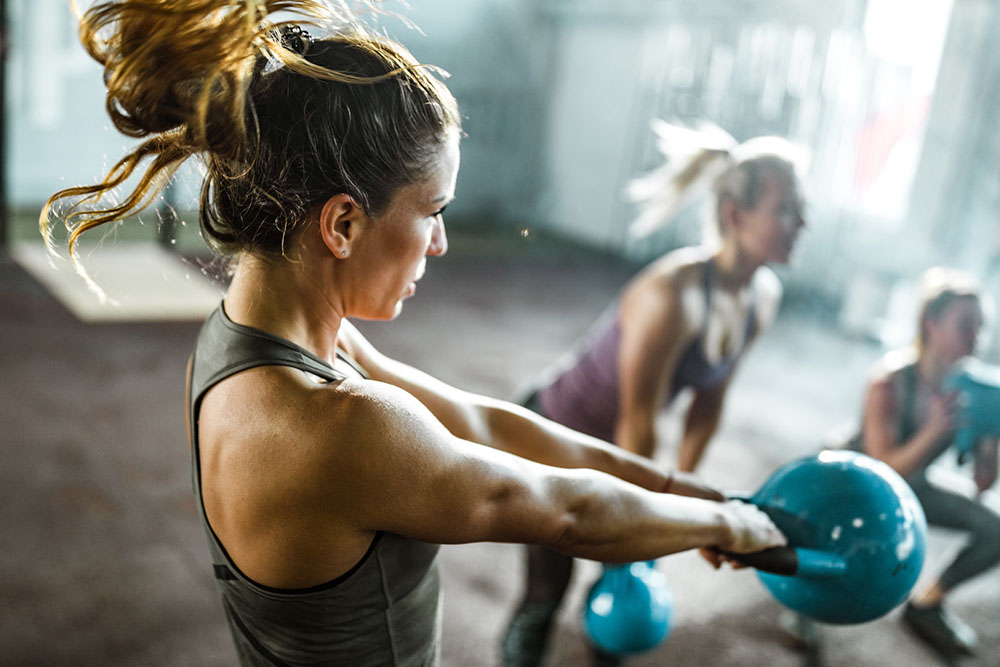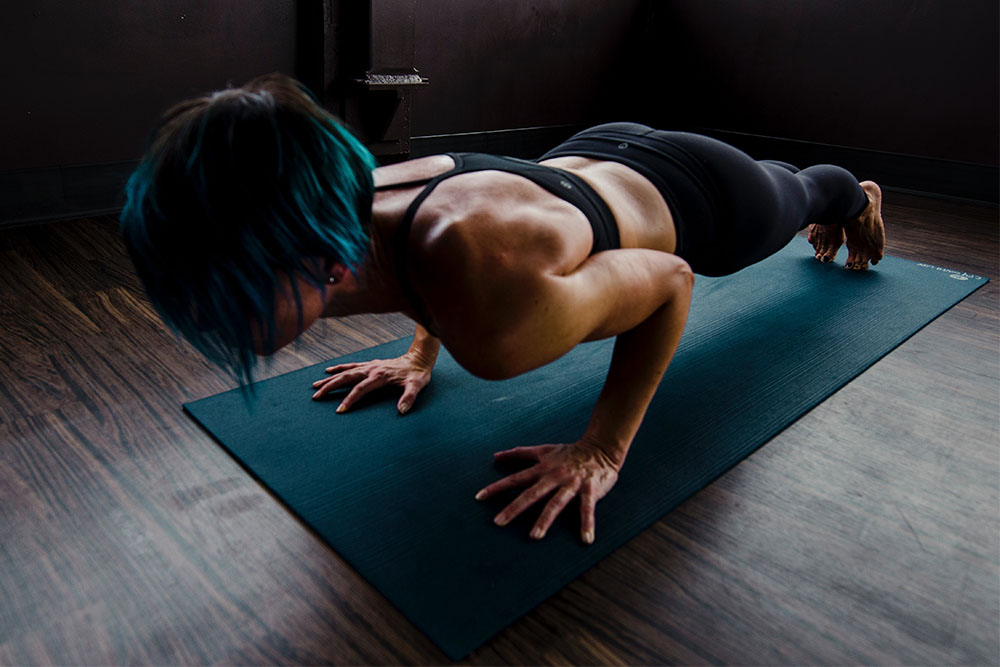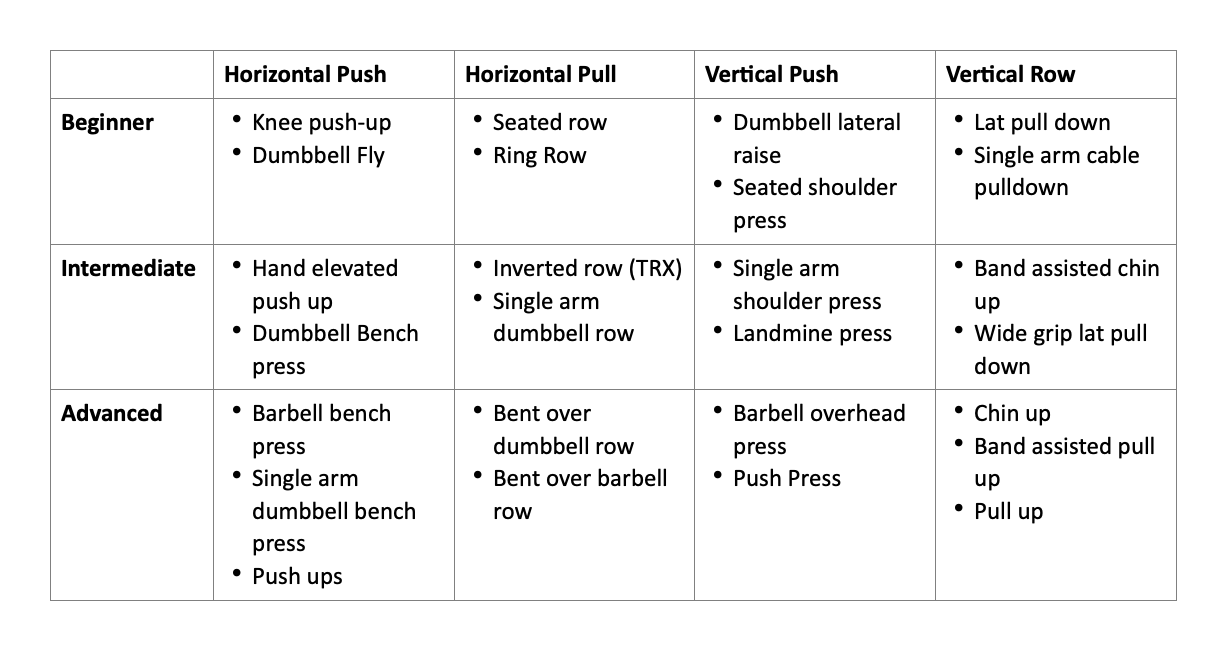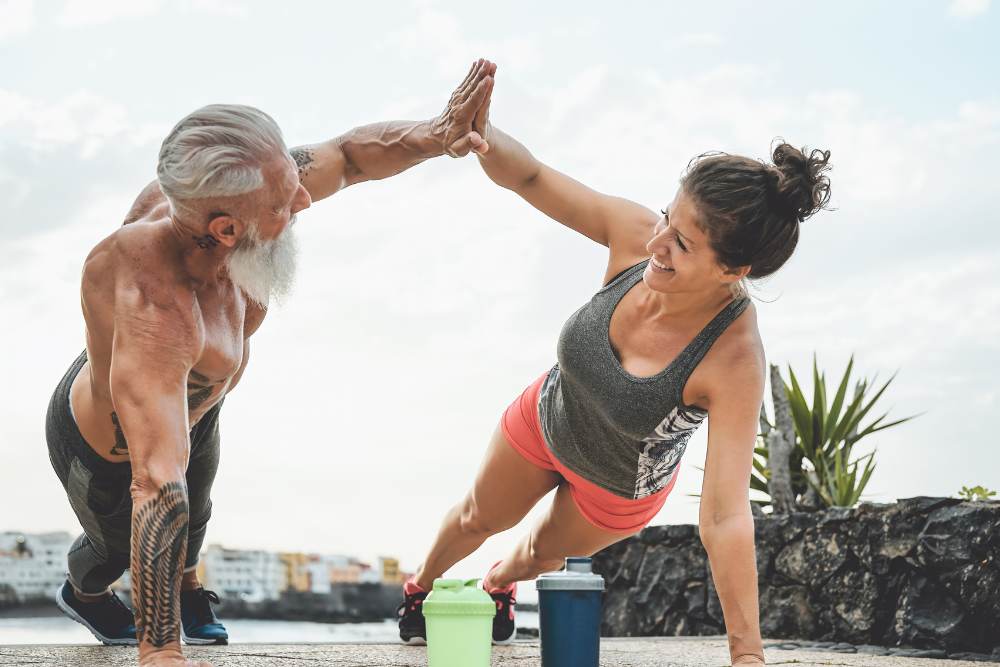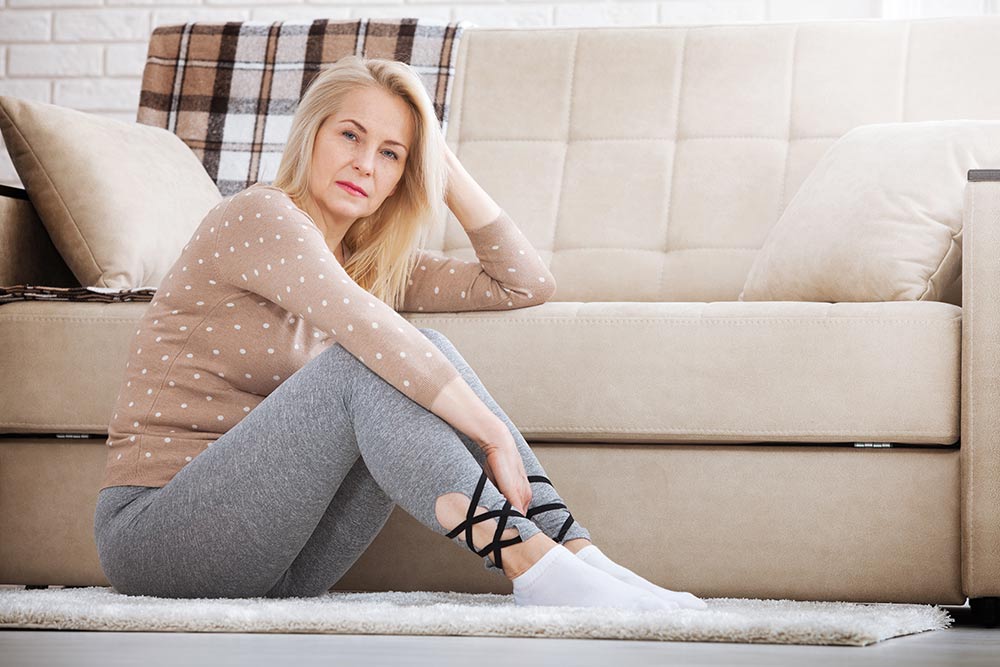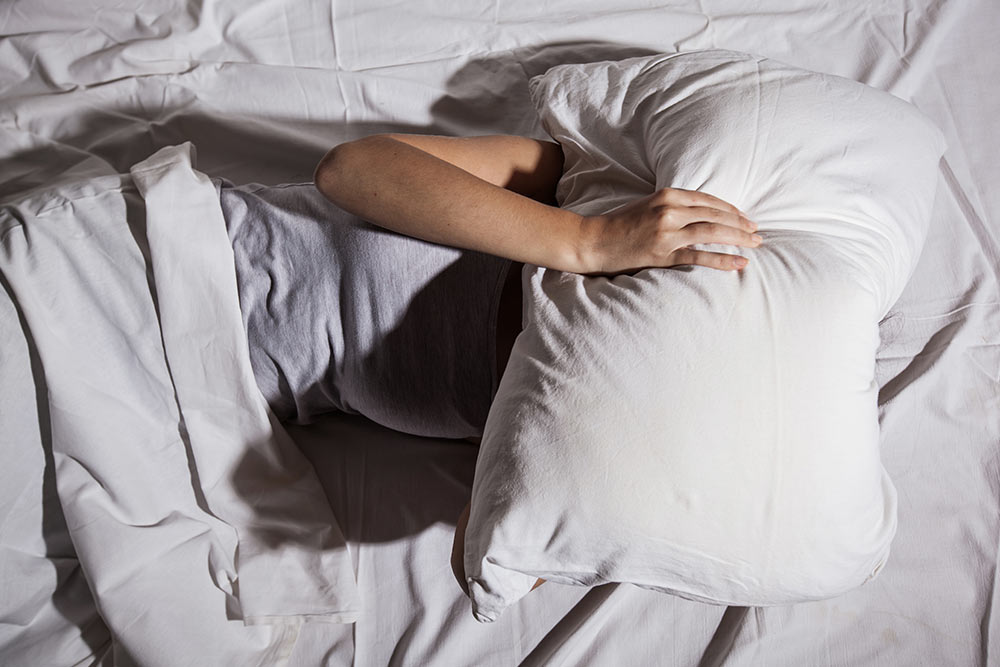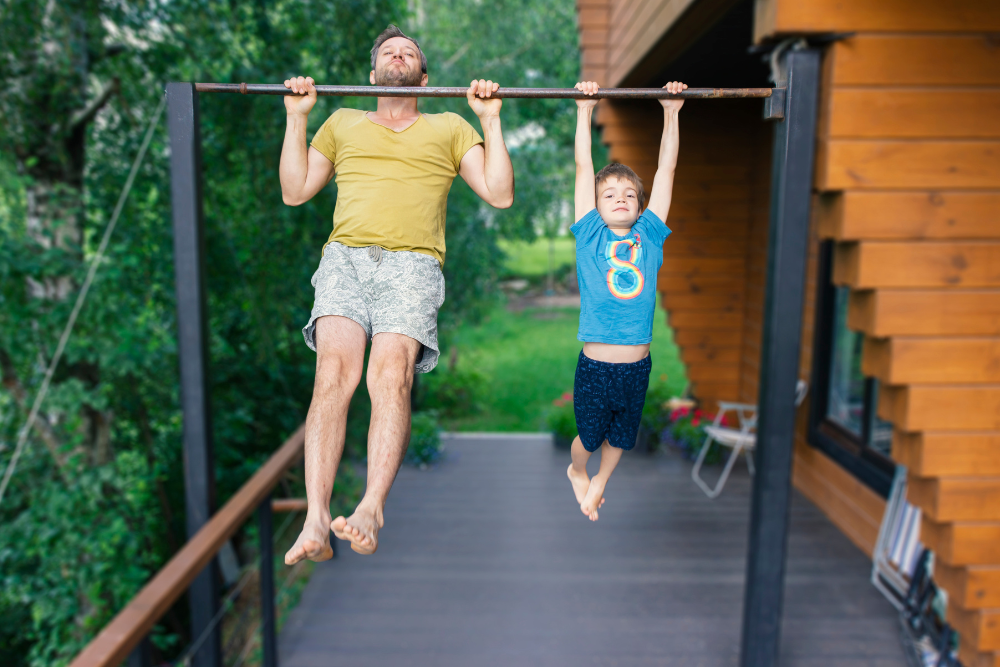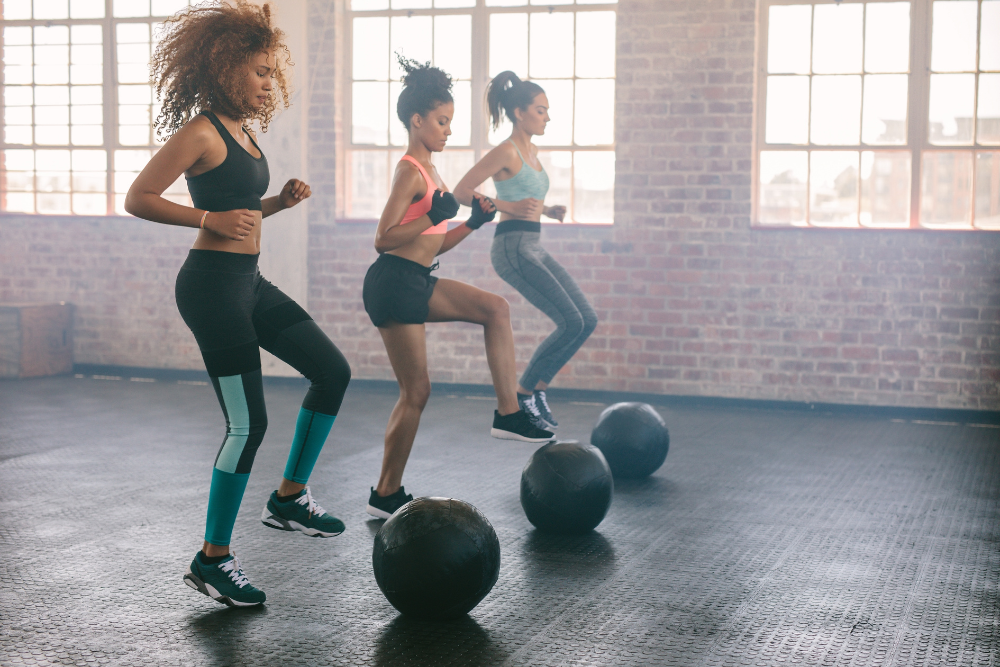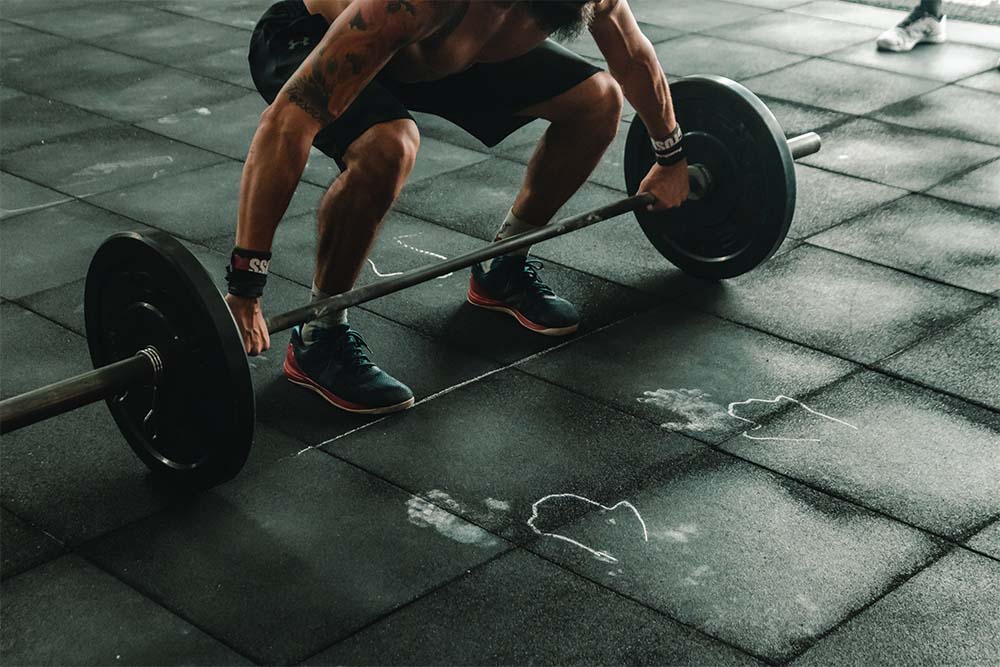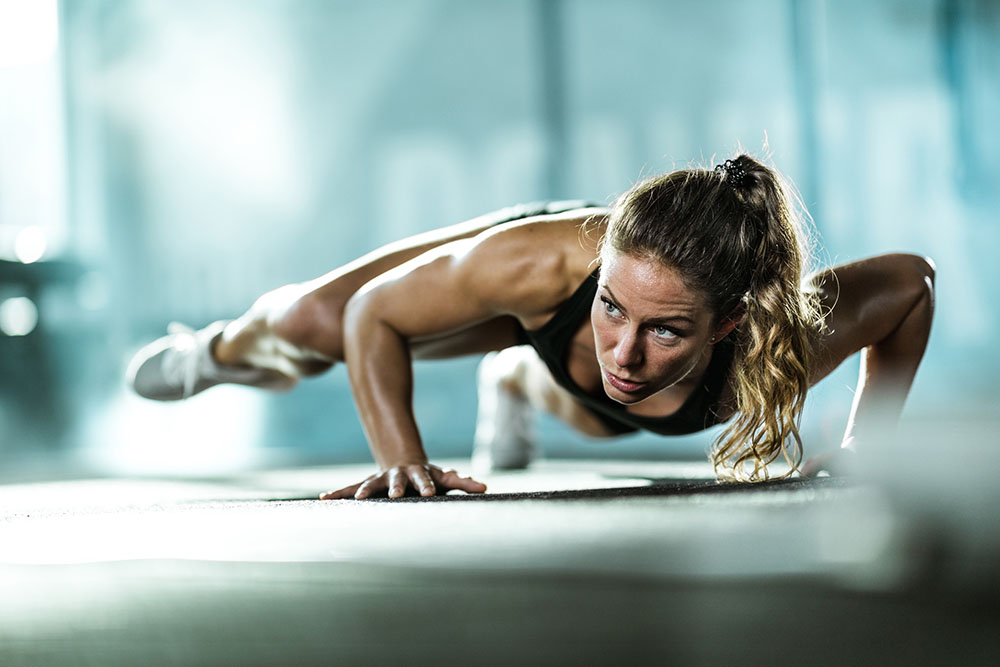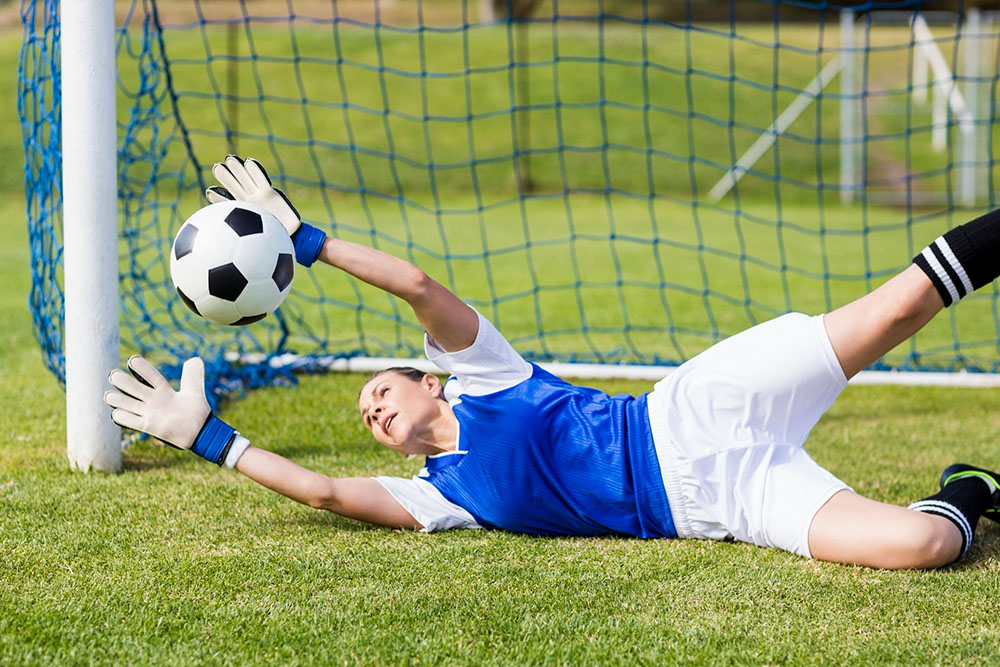Upper Body Strength in Post-Menopausal Women
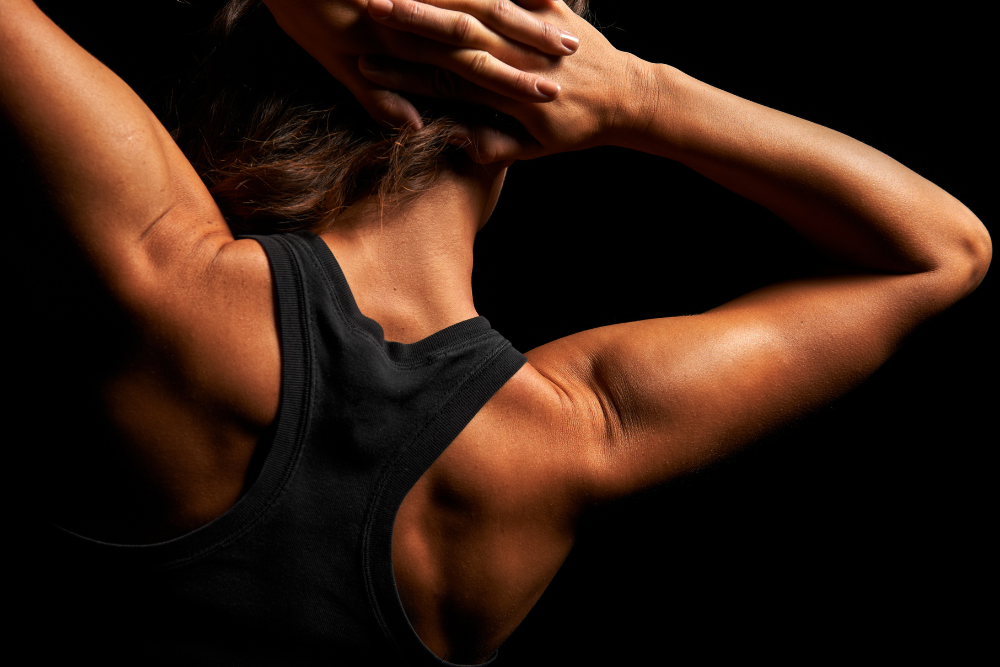
Menopause is a unique time in the human life, and with it comes a myriad of changes that can have wide reaching health implications. However, over the last 20 years we have seen a strong body of research demonstrating that many of these changes can be completely mitigate through exercise.
Interestingly, when post-menopausal exercise recommendations are made, they largely focus on aerobic exercise combined with strength-specific exercises that target the lower body.
While each of these factors are extremely relevant to maximise health after menopause, they do fail address an important, but often overlooked, component of health and function.
Yep, you guessed it – upper body strength.
With that in mind, in this article we are going to discuss the importance of upper body strength in post-menopausal women, and what you can do to improve it.
Related Article: Exercise After Menopause: What You Need To Know
The importance of upper body strength after menopause
Upper body strength is often seen as a priority for gym-junkies and bodybuilders, and not something needed for health and function. But nothing could be further than the truth. And here is why.
Upper body strength and daily function
If you think about all the movements you perform daily, it shouldn’t take long to realise that most of them use your upper body.
Whether this be something like hanging out the washing on the clothesline, opening a jar of peanut butter, carrying the shopping, or simply getting out of bed in the morning, your upper body plays a key role in getting you through the day. However, as you get older, muscle strength declines, and performing these movement get harder. Which is where upper body strength comes into the equation.
By doing exercise to improve upper body strength, you can directly improve your ability to maintain your daily function. This means an easier life, and looking further ahead, more independent years alive on this planet [1].
Upper body strength and posture
A common change that people anecdotally report after menopause is a change in posture. This is largely typified by an increase in thoracic flexion (i.e., a more curved upper back) and shoulders that get “pulled” forward.
Beyond changing how you look, this change in posture may also have an impact on pain, with these positions being associated with increased incidence of back and neck pain.
These postural deviations are believed to be in part the result of the muscles at the front of the body (i.e., chest and shoulders) becoming excessively tight, and the muscle at the back of the shoulders becoming weak. The solution?
Upper body strength training.
Before anything else, upper body strength training has been shown to increase range of motion of the shoulder joint, and improve the flexibility of the muscles around it. Within this, exercises that target the muscles of the back obviously strengthen the muscles at the back of the shoulder. This can lead to improvements in posture and associated reductions in pain [2].
Upper body strength and grip
Many people don’t realise that grip strength is one of the most used health indicators on the planet. With this in mind, it is well-established that having a strong grip is an associated with a lower risk of disease and mortality (i.e., death) after menopause [3,4].
But something that people seem to forget is that practically every upper body exercise involves using your grip.This means that upper body strength training has a direct impact on your grip strength, which in turn, can have a positive impact on a myriad of health outcomes.
Upper body strength and muscle health
In conjunction with its impact on functional ability, menopause also seems to impact muscle health. Two of the most common conditions that occur post menopause are sarcopenia and type II diabetes. Sarcopenia is typified by low levels of muscle mass, while type II diabetes is typified by chronically elevated blood sugar – some of which is dictated by muscle tissues receptiveness to insulin, and its ability to store blood glucose.
Upper body strength training has the ability to develop upper body muscle mass and improve insulin sensitivity, protecting you from sarcopenia and diabetes [5,6].
Upper body strength and bone density
Last bot not least, we have the important of upper body strength and bone density.
Osteoporosis is arguably the largest health concern associated with the post-menopausal period, which ultimately describes a reduction in bone density that causes an increase in risk of fractures and breaks.
Strength training programs have been shown to have significant effect on bone density. However, most of these programs prioritise heavy lower body exercises to maximise bone density of the hips and spine.
While this unquestionably needed, maximising upper body strength is a great way to also improve upper body bone mineral density, and prevent whole-body osteoporosis [7].
How to improve upper body strength in post-menopausal women
As I have outlined above, maximising upper body strength occurs via upper body strength training – but what should this look like?
Broadly speaking, you want to maximise upper body strength using exercises that train all the muscles of the upper body, and that replicate relevant daily tasks. As such, your program should include exercises that involving pressing both horizontally and vertically, and rowing/pulling both horizontally and vertically.
In the following table we have listed the types of exercises that fit these categories, separated by difficulty.
Exercises:
Now, once you have your exercises selected, you might be wondering how the best way to prescribe them is – and again, that somewhat depends on your training status.
If you are new to the gym and somewhat unfamiliar with weight training, you should start with 2-3 sets of 12-15 reps per exercise (one exercise from each category), per session. And you should aim to do each session twice per week. As you get a bit more familiar with training, you might want to increase the weights you are using slightly. As a result, the goal here would be to try and do 3 sets of 8-12 reps per exercise (one exercise from each category), and 2-3 sessions per week.
Then, once you feel you have built some strength, you can start to push things a little more.
In the more “advanced” stage, two of your four exercises can be performed using heavier weights for 4 sets of 4-8 reps. The other two exercises can be performed for 3 sets of 8-12 reps per exercises. The idea would be to do this 3 times per week.
The best thing to note here is that no matter your current training status, you can start working on your upper body strength today. Like anything, start slow and work your way up – and in no time you will be reaping the rewards!
Related Article: Start Small, Think Big: Strength Begins With Small Changes
Final Thoughts
Upper body strength is unquestionably one of the most important things you can focus on post menopause. With the ability to improve bone density, functional capacity, metabolic health, grip strength, and even your posture, it is a no brainer.
So, what are you waiting for? Get started building tat upper body strength today.
You Might Like:
Upper Body Strength in Post-Menopausal Women
Menopause is a unique time in the human life, and with it comes a myriad...Exercise After Menopause: What You Need To Know
Menopause is one of the most significant events in a woman’s life, and with it...Michelle Obama Has It Backwards: You Should Train Harder After Menopause
A recent interview with Michelle Obama that was published on HarpersBazar.com has been doing the...Does Testosterone Boost Athletic Performance in Female Athletes?
Testosterone is one of the most talked about hormones in the human body – especially...Menopause and Depression
Hunter Bennett Menopause is considered to be a time of great change. A time where...Menopause and Sleep
Hunter Bennett Menopause is commonly considered to be one of the most trying times in...References:
Resende Neto, Antônio Gomes de, et al. “Effects of different neuromuscular training protocols on the functional capacity of elderly women.” Revista brasileira de medicina do esporte 24 (2018): 140-144.
Katzman, Wendy B., et al. “Changes in flexed posture, musculoskeletal impairments, and physical performance after group exercise in community-dwelling older women.” Archives of physical medicine and rehabilitation 88.2 (2007): 192-199.
Roberts, Helen C., et al. “A review of the measurement of grip strength in clinical and epidemiological studies: towards a standardised approach.” Age and ageing 40.4 (2011): 423-429.
References
Kim, Sang Wook, Hyang Ah Lee, and Eun-Hee Cho. “Low handgrip strength is associated with low bone mineral density and fragility fractures in postmenopausal healthy Korean women.” Journal of Korean medical science 27.7 (2012): 744-747.
Mason, Caitlin, et al. “Influence of diet, exercise and serum vitamin D on sarcopenia in post-menopausal women.” Medicine and science in sports and exercise 45.4 (2013): 607.
Cuff, Darcye J., et al. “Effective exercise modality to reduce insulin resistance in women with type 2 diabetes.” Diabetes care 26.11 (2003): 2977-2982.
Bello, Marieni, et al. “The effect of a long-term, community-based exercise program on bone mineral density in postmenopausal women with pre-diabetes and type 2 diabetes.” Journal of Human Kinetics 43 (2014): 43.

